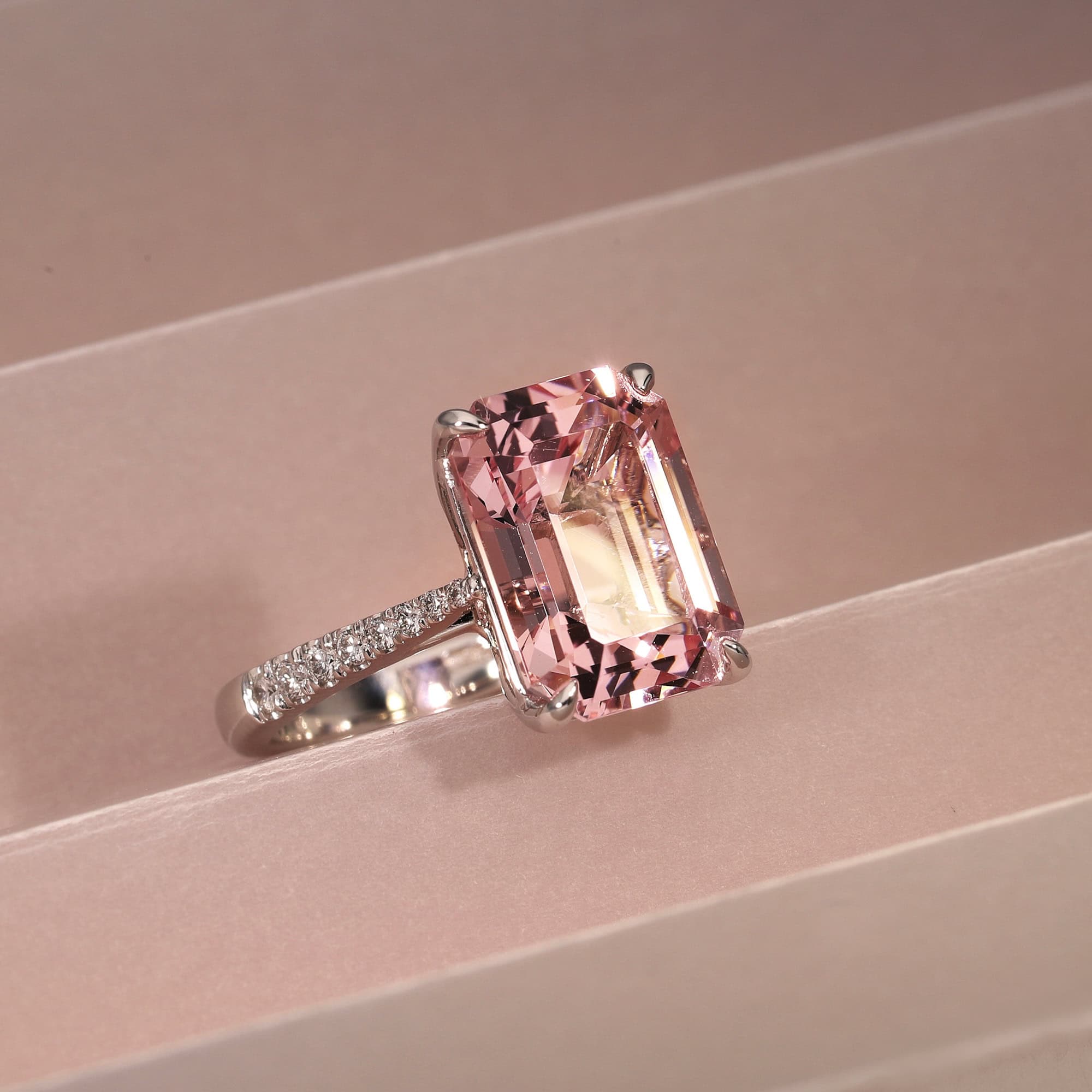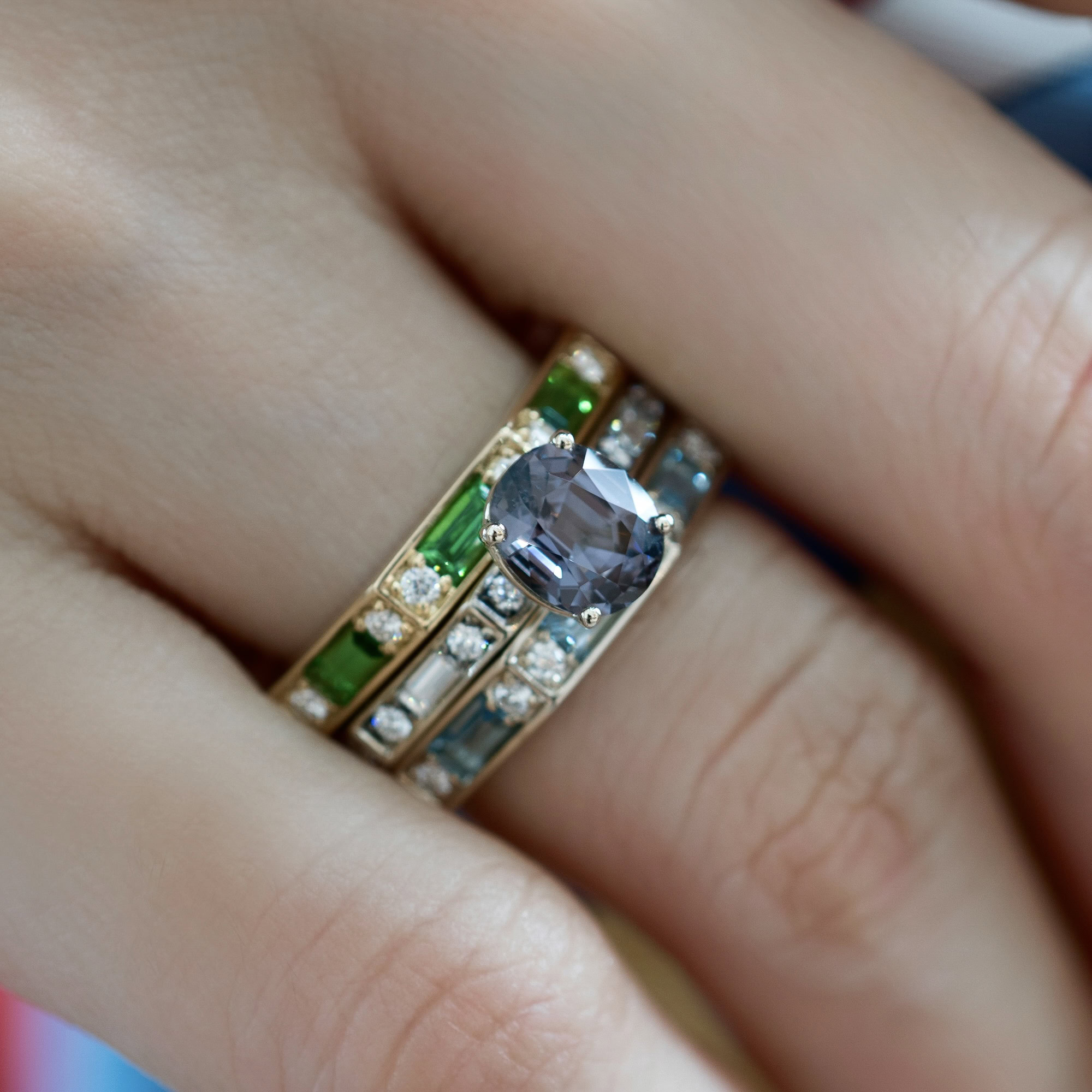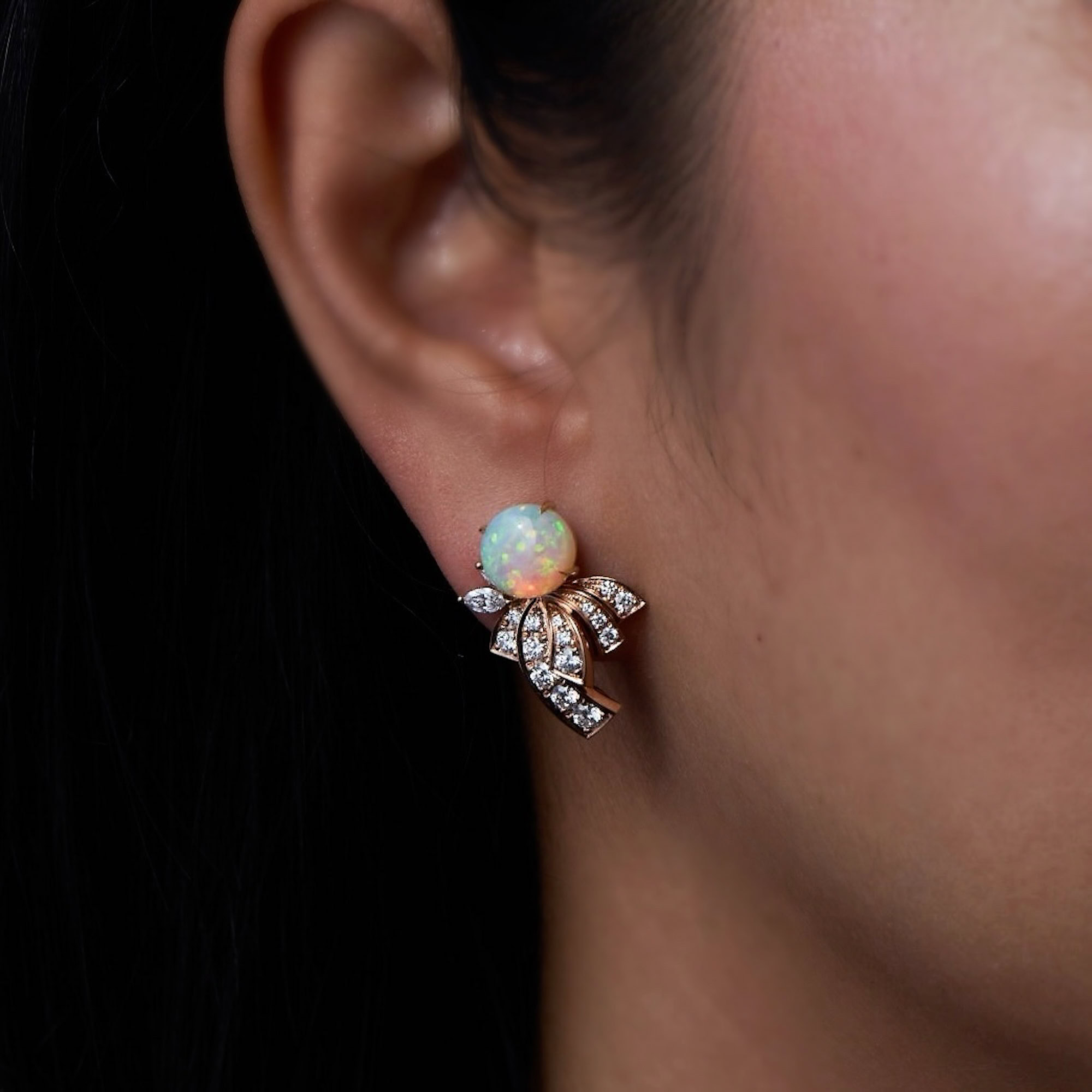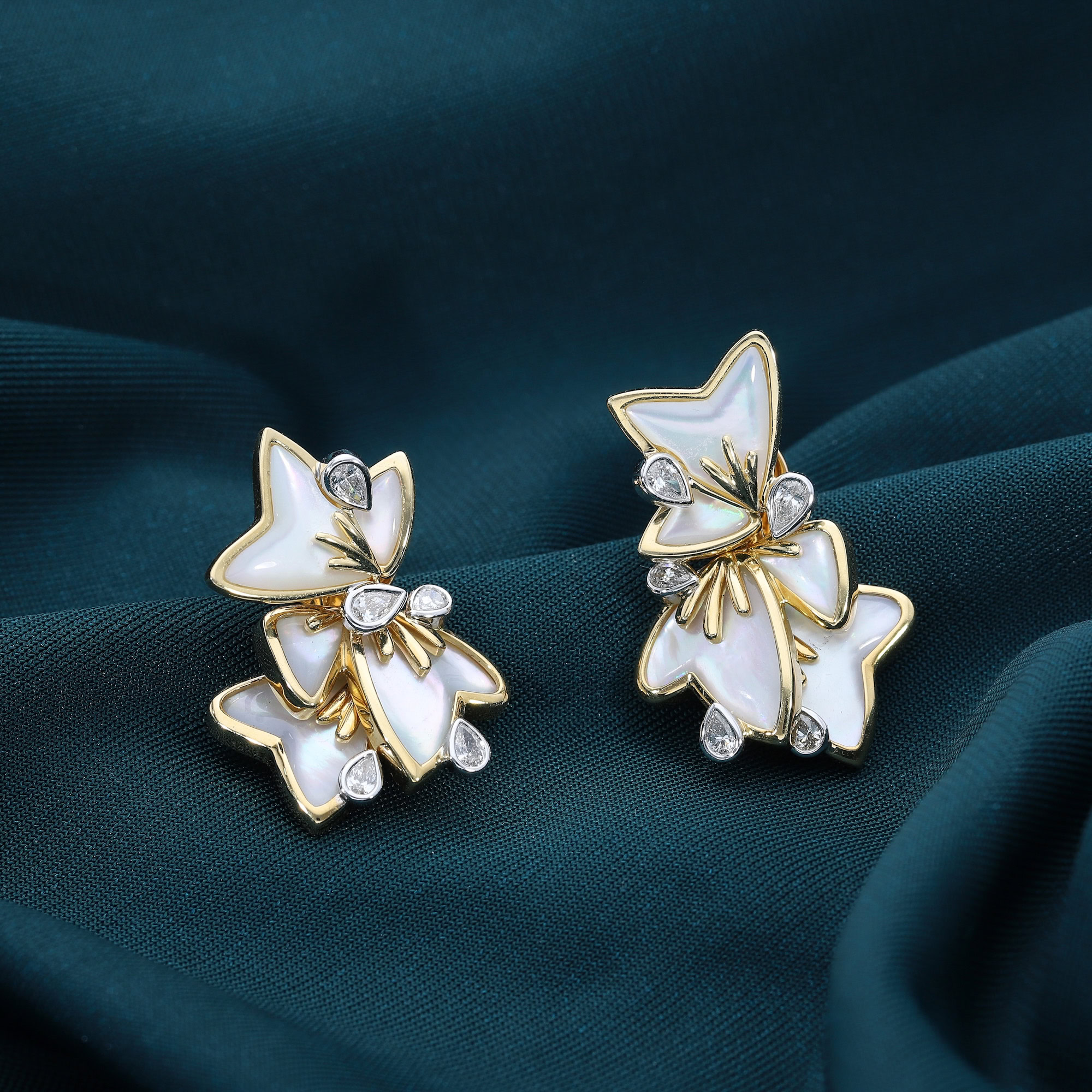Their lovely peachy shade would alone be reason enough to fall in love with this precious gemstone. But morganites have a lot more going for them. With “high achieving” siblings, namely emeralds and aquamarines (all being variations of the beryl mineral that forms in hexagonal crystals) they might be sometimes overlooked. But keep on reading to discover exactly why you should be paying them closer attention.

First discovered in Madagascar in 1910 by the current chief gemologist at Tiffany & Co., they were very well received by the industry as their characteristic coral hues are not easily encountered. Naturally, they make stunning necklaces, bracelets and earrings (we are known fans of morganite studs!), and engagement rings.


As with everything else in life, colours also have their moments of glory. In 2017, “Millennial Pink” initiated the trend of generational colours, encapsulating the general mood of people that share similar life experiences.
So following the impressive rise of this particular shade of pink, morganites have found its audience and, at last, made its way to the very top of wish lists.

Morganites go from 7.5 to 8 on the Mohs scale of mineral hardness, being perfectly fit for daily usage. Besides, they form beautiful hexagonal prism crystals and generally show no eye-visible inclusions after faceted. But still, unequivocally it’s their delightful muted grapefruit tonality that makes them so attractive. Ranging from dusty rose to cotton candy pink, it represents youth and innocence, evoking a certain restful nostalgia. Morganite’s shade has become what designers may refer to as a “core colour” alongside neutral tones such as black, white and navy.
If you ask us, morganites deliver a very much “in vogue” colour and great wearability, as they are decisively easy to be paired with other jewellery and fashion styles. It looks like morganites are to become a new classic gemstone.




